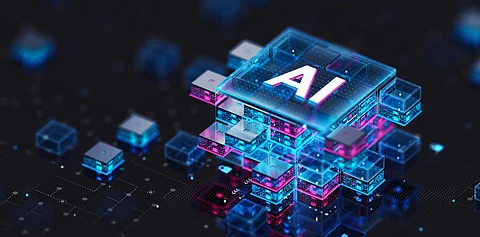

India is at a watershed point with Artificial Intelligence (AI)’s rapid evolution with at least 68 per cent of white-collar workers fearing job automation within five years, the Economic Survey 2024-2025 released on January 31, stated.
The 68 per cent figure is according to an Indian Institute of Management Ahmedabad survey, which also says that 40 per cent of such workers fear skill redundancy.
“The banking sector is already witnessing increased AI adoption, and NASSCOM forecasts that the Indian AI market will grow at a 25-35% CAGR by 2027. However, while AI creates new job roles—demand for AI skills has surged, with salaries commanding a 13-17% premium—the transition poses risks for many workers,” as per the Survey’s chapter on AI.
The International Monetary Fund (IMF) has warned that developing economies like India are especially vulnerable, with the International Labour Organization (ILO) estimating that 75 million jobs globally could be displaced due to automation.
The impact of AI on India’s service sector will depend significantly on demand elasticity across industries. Analysis reveals varying elasticities: financial services demonstrate the highest elasticity at 1.86, while education shows lower elasticity at 0.77. High elasticity in sectors like financial services suggests potential job creation through AI-driven productivity enhancements.
To navigate this complex landscape successfully, India must prioritise education and skilling initiatives to prepare its workforce for higher-level roles as routine tasks become automated. Policymakers must foster collaboration between government, industry, and academia to ensure equitable distribution of AI’s benefits, according to the Survey.
“India’s journey through the AI revolution presents both promise and peril. A proactive approach focusing on robust institutions, infrastructure development, and resource efficiency is essential to mitigate risks associated with job displacement while maximising economic growth opportunities,” it added.
AI is not merely a technological challenge but a societal one, it concluded.